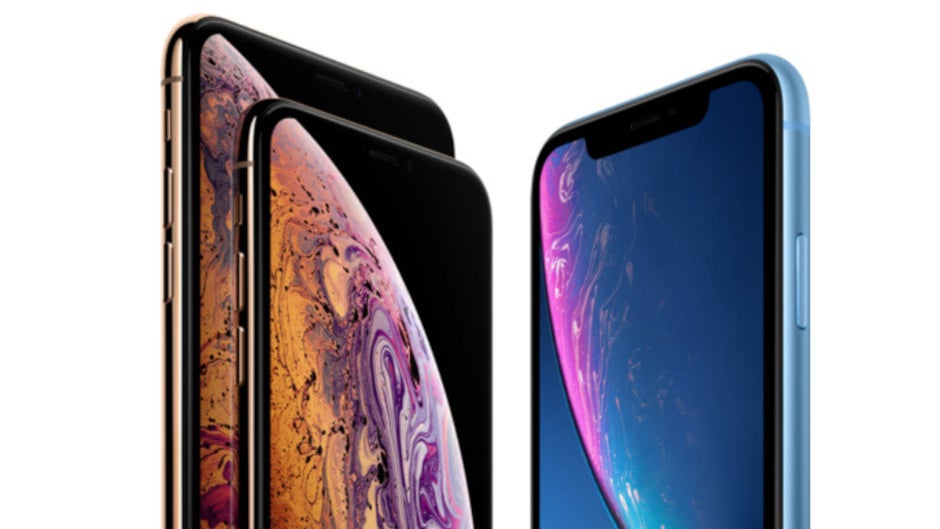Analyst says Apple needs to make more signficiant price cuts in China to avoid "code red" scenario

At the beginning of this month, Apple cut the prices of the 2018 iPhone models by up to 6% in China. This took the price of the "more affordable" iPhone XR down to 6,199 Yuan (equivalent to $924 USD) compared to the 6,499 Yuan that the device cost at the end of March. At the same time, the iPhone XS and iPhone XS Max were reduced in price by 500 Yuan each ($74.50 USD). This was the second time in 2019 that Apple cut its iPhone prices in China. Responding to a strong dollar that forced Apple to price the iPhone XR above the Huawei Mate 20 Pro in China to protect its margins, the company dropped wholesale prices of its phones in the country.
So the big question is whether consumers in China have responded to the price cuts. At least one analyst says that they have. According to Seeking Alpha, Wedbush Securities' Daniel Ives says that demand for the iPhone XR in China is "slowly turning around" following the price cuts. But Ives believes that Apple is not yet finished wielding its price cutting ax. To avoid what he calls a "code red" situation in China, the analyst expects to see "more significant" cuts announced by the company. Apple's next generation of iPhones is expected to be unveiled in September. That means retailers in China would be expected to cut their iPhone prices over the summer months in order to clear out inventory prior to the launch of the 2019 models.
Ives calls Apple's price cuts "a smart and necessary strategy" even if they do have a negative effect on the tech giant's revenues. Not only does he see the region continuing to be an important one for Apple, but he also points out that by selling more iPhones, albeit at a lower price, it will help the company collect more services revenue. This is Apple's second largest unit in terms of revenue, and its most profitable. The firm has a goal of doubling services revenue from $25 billion in 2016 to $50 billion next year, and it garnered nearly $11 billion in such revenue from October through December of last year. The businesses in this unit include AppleCare, Apple Pay, the App Store, iTunes, Apple Music, Apple News+, Apple TV+ and Apple Arcade (later this year).
Apple shipped 20% fewer iPhones in China during the fiscal first quarter
Back in January, when CEO Tim Cook said that the company was lowering its revenue guidance for the fiscal first quarter of 2019, weak sales in China was cited as one of the reasons for the top-line shortfall. As it turned out, during its fiscal first quarter, Apple shipped 20% fewer iPhones in China year-over-year. During the three-month period from October through December, the iPhone's market share in China was 11.5%, placing Apple behind Huawei, Oppo, and Vivo.
Ives continues to rate Apple's shares "outperform" and has raised his target on the stock to $225 from $215. The company's stock closed at $142.19 on January 3rd in the wake of Apple's announcement that it was cutting its revenue guidance for its first fiscal quarter of 2019. Since then, the stock has risen by 42% to $202. Once again, Apple is approaching a valuation of $1 trillion dollars. Last August, the company became the first publicly traded U.S. firm to hit that milestone when the stock traded at $207.05. The following month, Amazon also joined the trillion dollar club. While Apple was the most valuable publicly traded firm in the U.S. for a couple of years, by the end of 2018 it was Microsoft that was at the top of the list. Thanks to the current rally, Apple once again becomes the most valuable public company in the U.S. with a market cap over $950 billion. Microsoft is currently valued at $915 billion with Amazon at $907 billion.
Follow us on Google News














Things that are NOT allowed:
To help keep our community safe and free from spam, we apply temporary limits to newly created accounts: